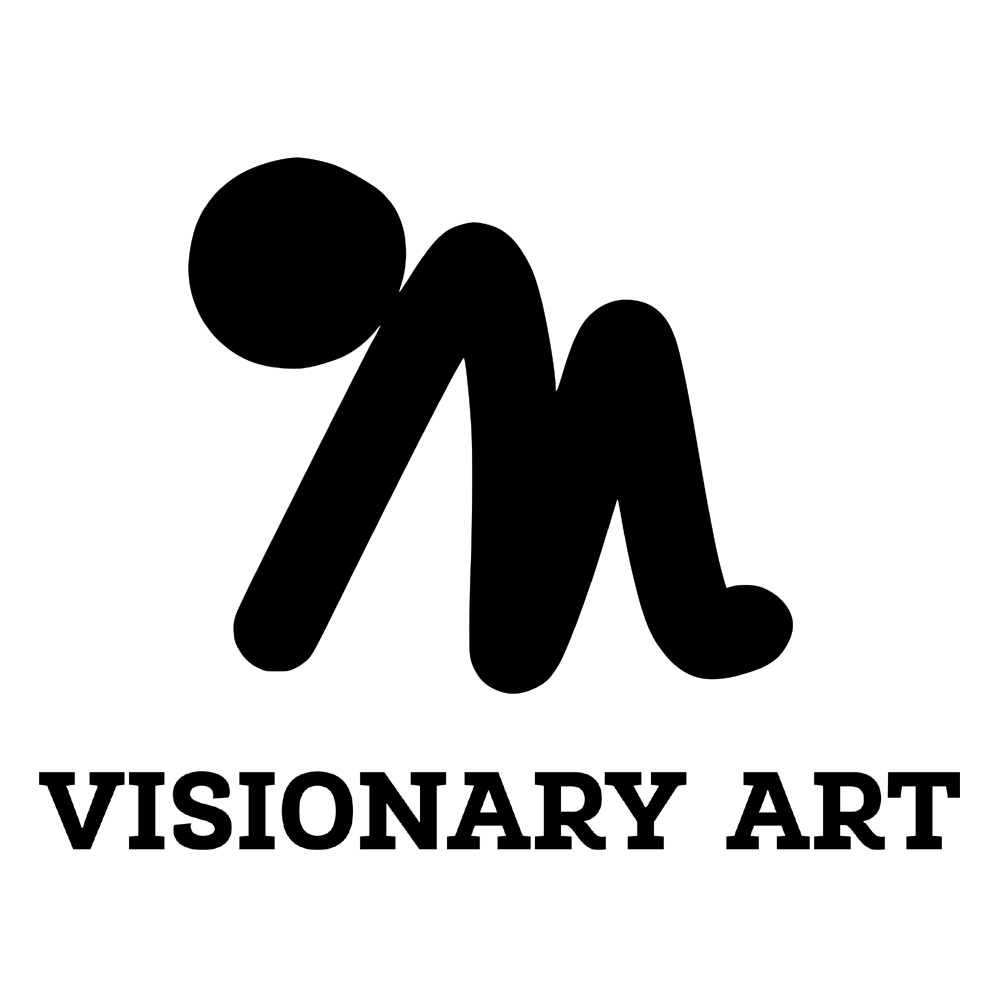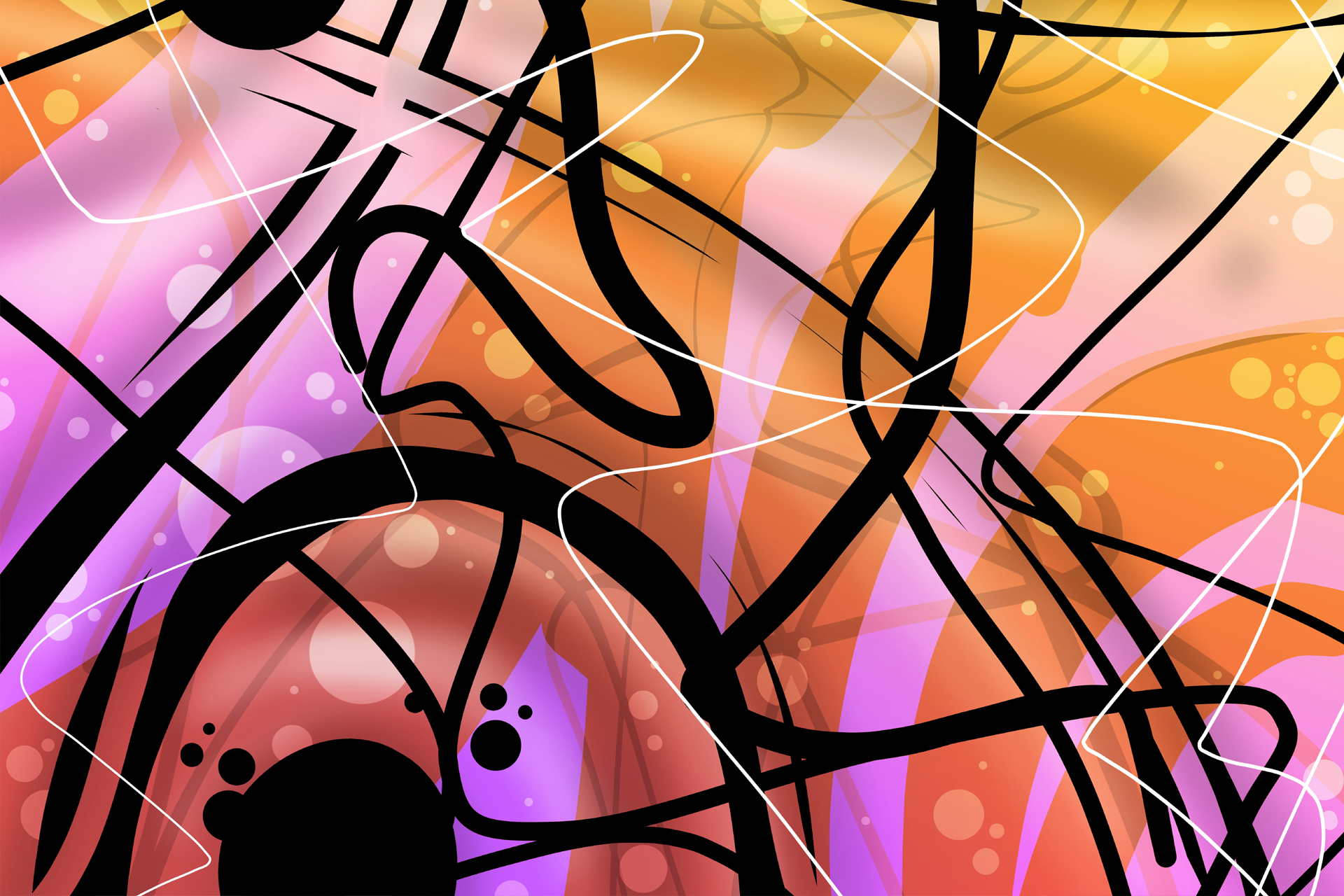Hey everyone! Welcome back to “Inspiration and Artistry.” Today, I want to dive into a fascinating concept that bridges two of my biggest passions: visual art and music. We’re exploring “The Musicality of Art” and how sound and rhythm influence visual composition. So let’s get into it!
The Intersection of Sound and Sight
Art and music might seem like two separate worlds, but they share a lot more in common than you might think. Both are expressions of creativity, emotion, and experience. They can transport us to different places, evoke powerful feelings, and even tell stories without words.
When I create art, whether it’s a drawing, a painting, or a digital illustration, I often find myself thinking in terms of rhythm and flow. Similarly, when I’m making beats and producing music with my Akai MPC (Music Production Center) or DAW (Digital Audio Workstation), visual concepts like balance, symmetry, and contrast play a crucial role. It’s all connected!
Rhythm in Visual Art
Just like music has a beat, visual art has rhythm. Rhythm in art refers to the repetition of elements that create a sense of movement and harmony. Think of the repetitive patterns in a mandala or the flowing lines in a piece of abstract art. These visual rhythms can be as soothing and entrancing as a steady drumbeat.
When I’m producing music, I often visualize the rhythm. I see the beats as lines and shapes moving across the screen of my DAW. This helps me to structure my tracks and keep everything in balance.
Harmony and Contrast
In music, harmony is the combination of different musical notes played or sung simultaneously. It’s what makes a chord sound pleasing to the ear. In visual art, harmony is achieved when different elements of a composition come together in a way that feels balanced and cohesive.
Contrast, on the other hand, is all about differences. In music, it’s the loud versus the soft, the fast versus the slow. In visual art, contrast can be seen in the use of light and dark colors, rough and smooth textures, or large and small shapes.
When I’m layering sounds in a track, I’m always thinking about harmony and contrast. I might pair a deep bassline with a light, airy melody or mix a sharp snare with a smooth synth pad. The same principles apply when I’m working on a visual piece. I look for ways to balance different elements to create a cohesive whole while also playing with contrasts to keep things interesting.
The Flow State
One of the most magical experiences for any artist or musician is entering the “flow state.” This is when you’re so absorbed in your creative process that time seems to stand still. Everything just clicks, and you feel like a conduit for pure creativity.
For me, entering the flow state often involves a mix of sound and visual stimuli. When I’m working on a beat, I might have some of my favorite abstract art pieces up on a second screen or surround myself with sketches and doodles. The interplay of sight and sound helps me to get lost in the moment and fully immerse myself in the creative process.
Visualizing Music
One of the coolest things about being both a visual artist and a musician is how these two disciplines inform and inspire each other. When I’m producing music, I often visualize the sounds. I imagine the bass as a thick, dark line, the hi-hats as sharp, bright dots, and the melody as a flowing, colorful wave.
This visualization process helps me to arrange the different elements of a track in a way that feels balanced and harmonious. It’s like I’m painting with sound, using my instrument as my brush and the MPC or DAW as my canvas.
Practical Tips for Combining Sound &Visual Art
If you’re a visual artist looking to incorporate more musicality into your work, or a musician interested in visual concepts, here are some practical tips:
- Experiment with Synesthesia: Try to imagine what different sounds would look like if they were visual elements. How would a drumbeat look as a pattern? What colors come to mind when you hear a particular melody?
- Use Music as Inspiration: Create a playlist of your favorite tracks and listen to it while you work on your art. Let the rhythm and mood of the music influence your brushstrokes or design choices.
- Visualize Your Music: When producing music, think about the visual elements. How do the different sounds relate to each other in terms of shape, color, and texture?
- Balance and Contrast: Pay attention to how you balance different elements in both your art and music. Look for ways to create harmony and contrast to make your compositions more dynamic and engaging.
- Embrace the Flow: Create an environment that stimulates both your visual and auditory senses. Surround yourself with inspiring art and music to help you enter the flow state more easily.
Conclusion
The interplay between sound and visual art is a rich and rewarding area of exploration. By thinking about rhythm, harmony, contrast, and flow, you can create more dynamic and engaging work, whether you’re painting, drawing, or making music. So next time you sit down to create, try to tune into the musicality of your art. You might be surprised by the new dimensions it adds to your creative process.

